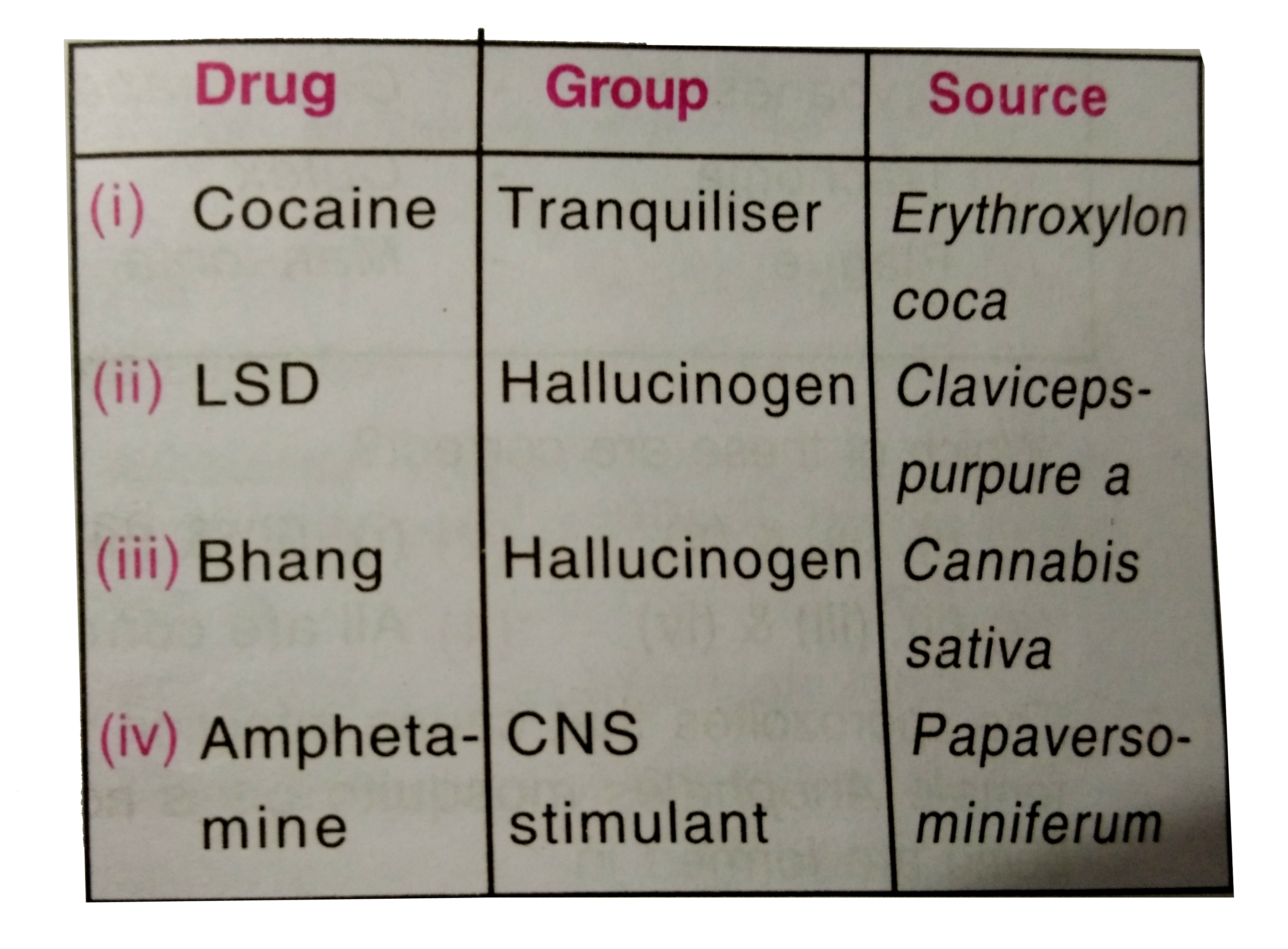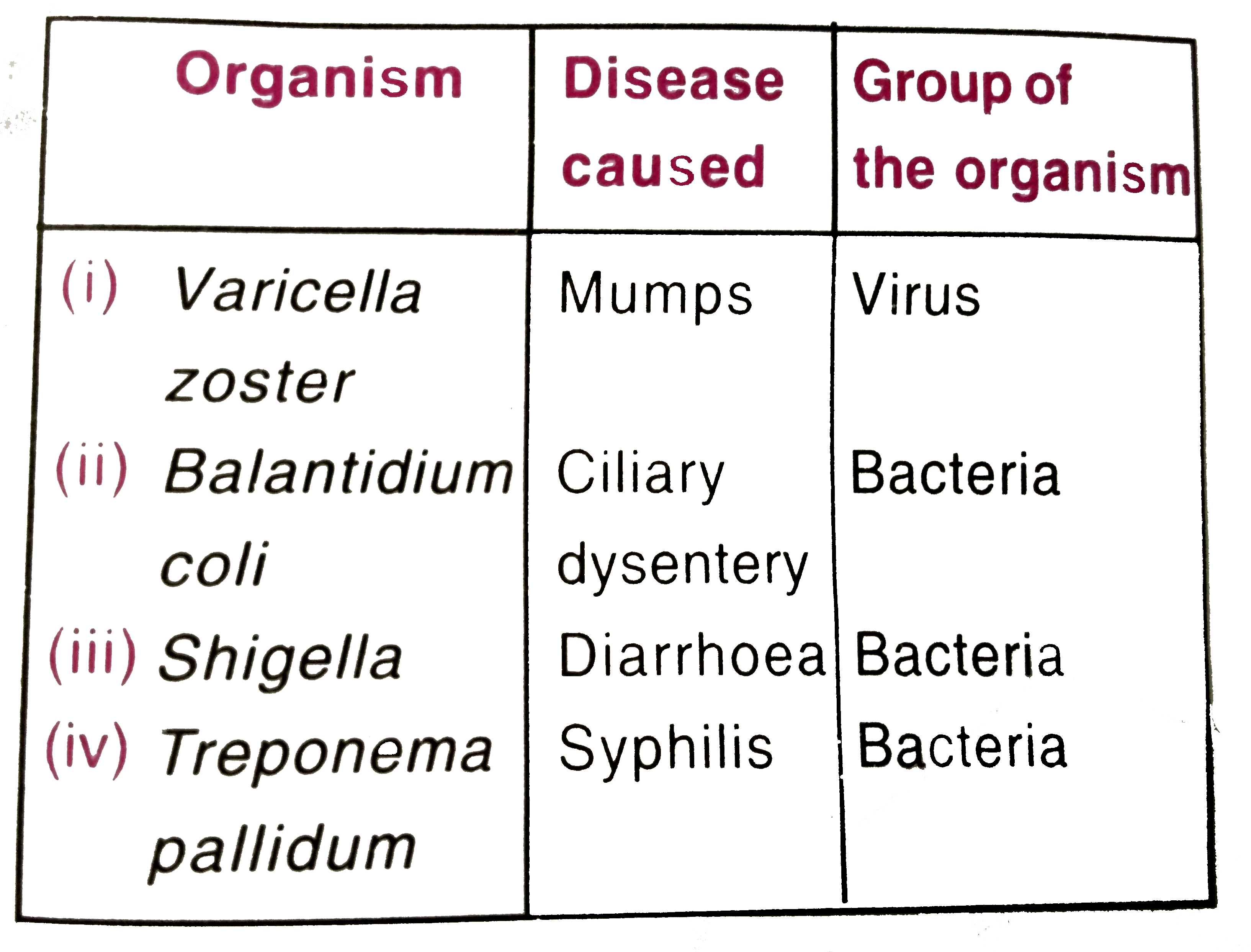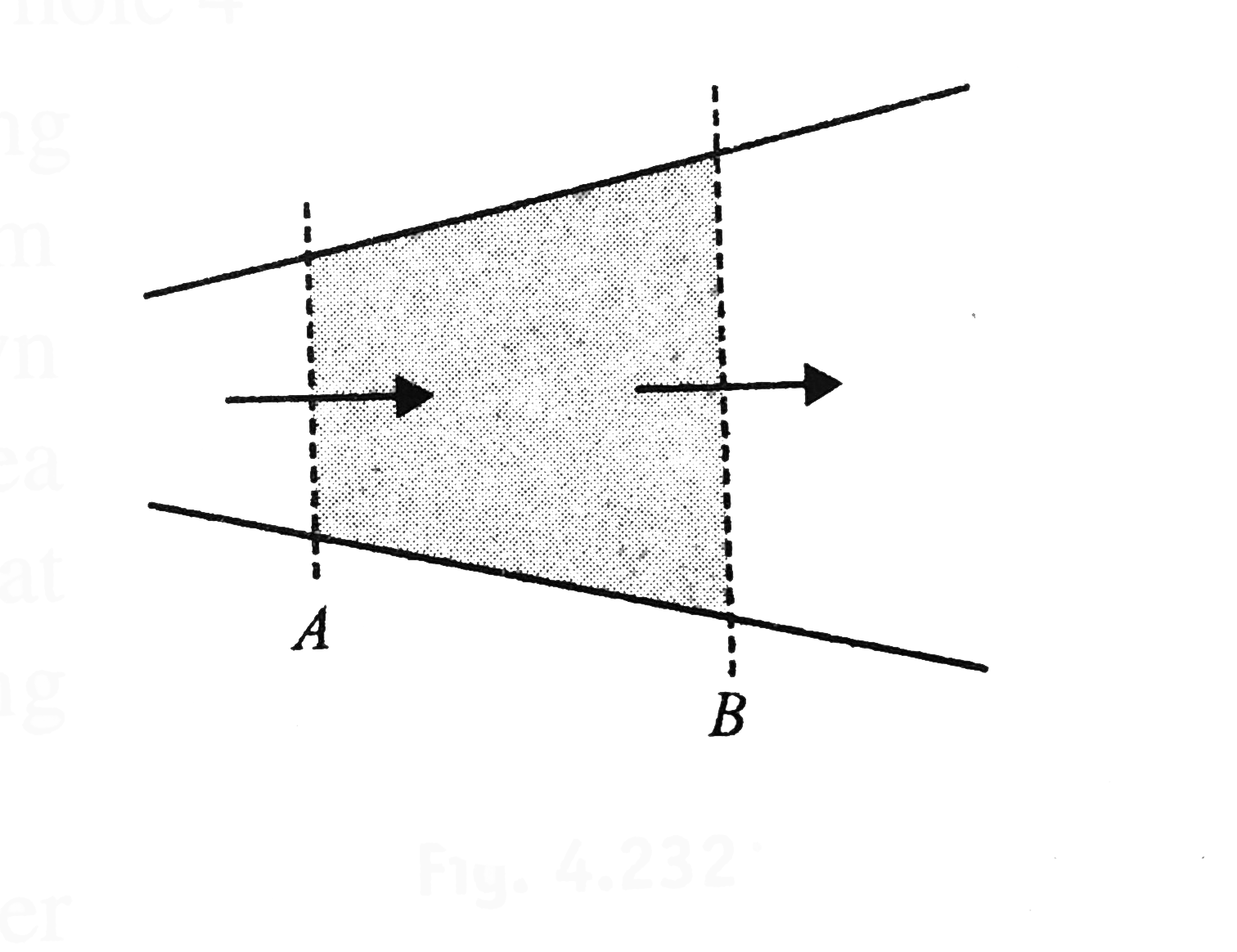If we go from A to B through the wire to the resistor, or choose a random routing through free space (thus not through the resistor itself), starting ai A and ending at B. Which of the following statement is correct?
There is no difference in both cases
There is a major difference due to path chosen
We cannot choose a random routine path
None of these
The correct Answer is:A
To solve the question, we need to analyze the situation described: we are moving from point A to point B either through a wire that includes a resistor or through free space, not involving the resistor. We need to determine if the path taken affects the outcome in terms of potential difference or any other electrical properties.
1. Understanding the Circuit:
- We have a resistor (let's denote its resistance as R) connected in a circuit, with points A and B defined at either end of the circuit.
- The question presents two paths: one through the wire and the resistor, and another through free space.
2. Analyzing the Path Through the Resistor:
- When we move from A to B through the wire and the resistor, the potential difference across the resistor will be determined by Ohm’s law, which states V=IR, where I is the current flowing through the resistor.
- The potential difference (voltage) will depend on the current and the resistance.
3. Analyzing the Path Through Free Space:
- If we choose a random routing through free space, we are not passing through the resistor.
- In free space, there is no resistance to the flow of charge (assuming ideal conditions), so there would be no potential difference created by a resistor.
4. Comparing Both Paths:
- The key point here is that the potential difference between points A and B will be affected by whether or not we pass through the resistor.
- If we go through the resistor, there will be a measurable potential difference due to the resistance.
- If we go through free space, there will be no potential difference since we are not encountering any resistance.
5. Conclusion:
- Therefore, there is a significant difference between the two paths. The path taken does affect the potential difference between points A and B.
- The correct statement is that there is a difference in both cases: going through the resistor and going through free space leads to different outcomes.
Final Answer:
The correct statement is that there is a major difference due to the path chosen.
- We have a resistor (let's denote its resistance as R) connected in a circuit, with points A and B defined at either end of the circuit.
- The question presents two paths: one through the wire and the resistor, and another through free space.
- When we move from A to B through the wire and the resistor, the potential difference across the resistor will be determined by Ohm’s law, which states V=IR, where I is the current flowing through the resistor.
- The potential difference (voltage) will depend on the current and the resistance.
- If we choose a random routing through free space, we are not passing through the resistor.
- In free space, there is no resistance to the flow of charge (assuming ideal conditions), so there would be no potential difference created by a resistor.
- The key point here is that the potential difference between points A and B will be affected by whether or not we pass through the resistor.
- If we go through the resistor, there will be a measurable potential difference due to the resistance.
- If we go through free space, there will be no potential difference since we are not encountering any resistance.
- Therefore, there is a significant difference between the two paths. The path taken does affect the potential difference between points A and B.
- The correct statement is that there is a difference in both cases: going through the resistor and going through free space leads to different outcomes.
The correct statement is that there is a major difference due to the path chosen.
Topper's Solved these Questions
- BOOK - RESNICK AND HALLIDAYCHAPTER - CIRCUITSEXERCISE - Practice Questions (More than One Correct Choice Type)12videos
CIRCUITS
- BOOK - RESNICK AND HALLIDAYCHAPTER - CIRCUITSEXERCISE - Practice Questions (Linked Comprehension)11videos
CIRCUITS
- BOOK - RESNICK AND HALLIDAYCHAPTER - CIRCUITSEXERCISE - Problems45videos
CIRCUITS
- BOOK - RESNICK AND HALLIDAYCHAPTER - CENTER OF MASS EXERCISE - Practice Questions (Integer )4videos
CENTER OF MASS
- BOOK - RESNICK AND HALLIDAYCHAPTER - CIRCULAR MOTIONEXERCISE - CHECK POINTS6videos
CIRCULAR MOTION
Similar Questions
Knowledge Check
- Question 1 - Select One
Read the following statements and choose incorrect one.
AAfter meiosis - I both the chromatids of a chromosome is genetically similar.BHomologous chromosomes show maximum attraction during zygotene.CNumber of chromatids per chromosome is two in both mitotic and meiotic metaphaseDThe amount of DNA in each cell after cytokinesis in mitosis is double to the amount of DNA in previous G2 phase. - Question 2 - Select One
A particle moves in a gravity free space where an electric field of strength E and a magnetic field of induction B exit. Which of the following statement is are correct?
AIf E≠0andB≠0, velocity of the particle may remains constantBIf E=0, the particle cannot trace a circular pathCIf E=0, the kinetic energy of the particle remains constantDNone of these - Question 3 - Select One
An electron travels through a region of space with no acceleration . Which one of the following statements is the best conclusion ?
ABoth E and B must be zero in that regionBE must be zero, but B might be non-zero in that regionCE and B might both be non-zero , but they be mutually perpendicularDB must be zero, but E mightbe non-zero in that region
Go through the following matches

Which of these are correct?View SolutionGo through the following matches

Which of these are correct?View SolutionGo through the following matches

Which of these are correct ?View SolutionWhen a capacitor is discharged through a resistor, which of the following is false?
View SolutionA non-viscous liquid is flowing through a non-uniform pipe from section A to section B as shown in the figure. Cross sectional area of the pipe at A is less than that at B. Which of the following statements are correct?
 View Solution
View Solution



